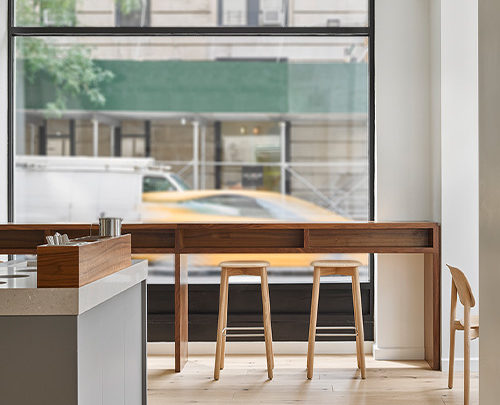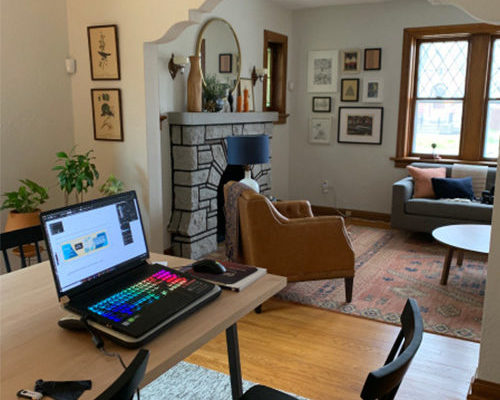Whether we are working from the office or from home, we spend between 80% and 90% of our time indoors. This likely means we do not have enough access to natural daylight and outdoor views. When it comes to design, the WELL Building Standard focuses on the impact of the built environment on human health and wellness. This includes our connection with natural light and the outdoors. Light is one of the 10 concepts in WELL Building Standard V.2. This concept encourages exposure to light and strives to create workspaces that are ideal for employee health and wellness.
Light is the main driver of the visual and circadian systems. Circadian rhythm, our 24-hour internal clock that regulates cycles of alertness and sleep, are regulated through different environmental cues, the main cue being light. Studies have shown that light exposure has a significant impact on mood and reduces stress and symptoms of depression.
Two features of WELL Building Standard focus on the integration of daylight into our workplace.
Feature L01 Light Exposure requires 30% of all workstations to be within 20 feet of exterior glazing.
Feature L05 Enhanced Daylight Access increases that threshold, requiring 70% of all workstations to be within 25 feet of exterior glazing. A second part of this feature utilizes a calculation for spatial daylight autonomy (sDA), which measures the optimal amount of daylight a space needs to carry out visual tasks and maintain circadian rhythms. A project can receive points for having more than 55% or more than 75% of the floor area reach this calculated threshold. A third part of this feature rewards projects for offering pleasing views of nature that are accessible to over half of the space’s occupants.
The strong link between better views, brighter light and increased productivity explains why access to daylight is such a vital aspect of workplace design. WELL aims to promote a lighting experience that reduces circadian rhythm disruption, improves sleep quality and positively impacts mood and productivity.
How can we incorporate the WELL concept of light into our work from home set ups?
- Go for a walk outside at lunch, assuming social distances.
- Locate your desk or workspace near windows that offer both access to daylight and views.
- Open your curtains or blinds as soon as you wake to let in the natural light.
- If you are stuck in an area with limited windows (like a basement office), get away from your desk regularly to go into better lit parts of the house – or even outside.
- Get some rest; circadian rhythm is a 24-hour cycle that should include ample time to rest and access to darkness to reset your internal clock.


